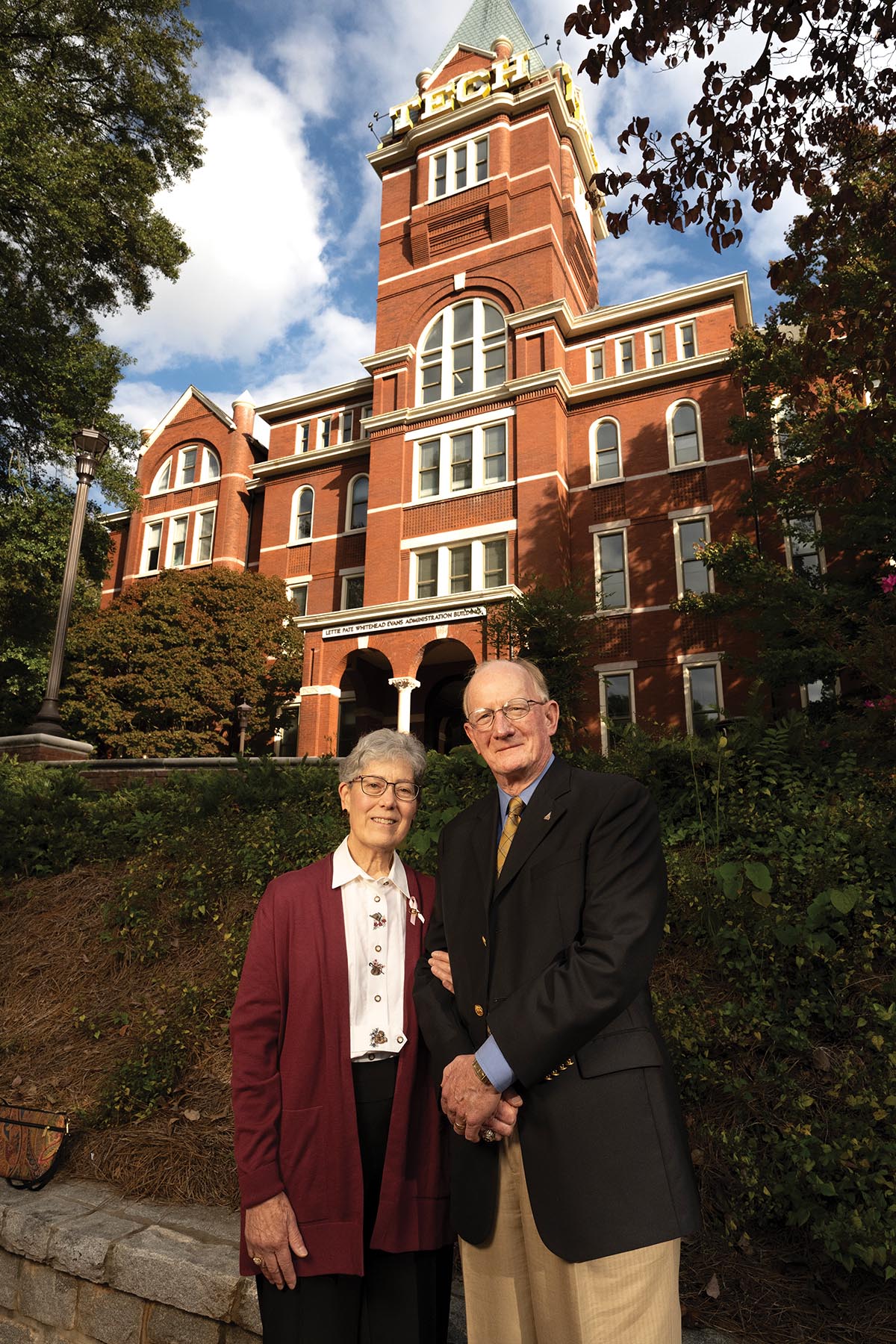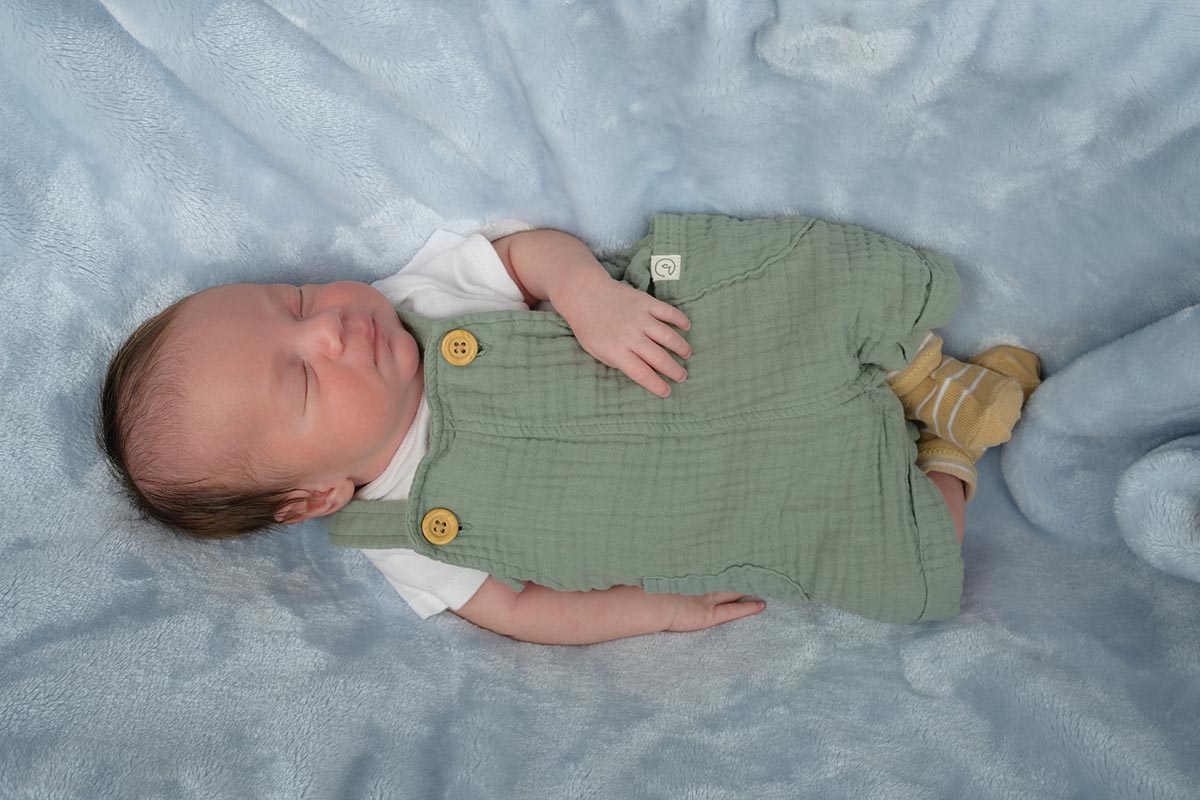
By mid-2022, multiple brands were selling high-powered (500 watt-seconds and up) battery-powered monolights with TTL control and high-speed sync (HSS) capabilities. But Paul C. Buff was conspicuous in its absence. Ever since the death of the company’s founder in 2015, the organization seemed to be floating on a tide of high-quality and reasonably priced lights such as the Einstein E640. Still, as technology advanced, the winds and currents of photographers’ expectations changed too. At Imaging USA 2023, Buff introduced the Celestial Flash Unit.
The Celestial is a compact battery-powered monolight with TTL and HSS capabilities and with a bright, daylight-balanced LED modeling light. Like all other Buff lights, it uses the circular 3.5-inch diameter reflector and speed ring mounting system. It also has a built-in 16-frequency, 16-channel 2.4 GHz radio receiver designed to work with the Buff built-in CyberSync transceiver and HUB remotes as well as the FusionTLC Raven. There’s a connection for the PocketWizard MC2 transceiver and an easy-to-access standard 3.5mm sync cord port. A spring-tensioned tube-type umbrella support accommodates umbrella shafts from 7 to 9mm in diameter. The Celestial measures 6.5x5.25x8 inches and weighs a heavenly 4.6 pounds, including the battery. Although the light uses a passive cooling system, heat buildup is minimal, even when firing rapidly at full power.

I used the shadow of a large tree and the dark mid-ground to create a sense of depth in this portrait. I wanted to back up, but a hedge was in my way. I used the Paul C. Buff Celestial Flash Unit in color TLL mode fitted with a Plume Water 75 soft box.
With a 12-stop range, its capacitor banks can release from 500 to 0.24 watt-seconds in a single pop of light. At full power, the flash recycles in 1.5 seconds. At lower output power levels, recycle times decrease rapidly. At a distance of 6 feet, bouncing its light into a generic 45-inch white umbrella, the Celestial delivers 11.6 stops of usable light at full manual power. Photographers can decide which is more critical to a project: color consistency, where the t0.1 flash duration ranges from 1/340 second at full power to 1/8,200 second (see “Flash Duration,” next page), or action, which places a premium on even shorter increments. In Action mode, t0.1 flash duration remains 1/340 second, but at minimum power, this falls to 1/18,600.
Indoors and out, TTL performance was accurate and reliable in my tests using a Nikon Z 7II with a FusionTLC Raven remote. In Color mode, color is consistent from frame to frame and power setting to power setting, except at the very bottom of the power scale. Consistency is essential to a smooth processing workflow, especially if you use the TTL modes. I say TTL modes because when in HSS mode, the flash is also in TTL mode. Outdoors, on a portrait shoot with clouds scudding across the sun, the combination of TTL and HSS performance worked reliably.

For this infant portrait, I modified the Celestial with a 46-inch Photek Softlighter umbrella with a shoot-through diffuser and set it in color TTL mode. The exposure is 1/160 second at f/11, ISO 100.
For portraits on the go or in tight spaces, it’s great to have a self-contained powerful light. It takes only a short time to run a power cord to an electrical outlet, but sometimes plugs are scarce or non-existent, and an extension cord is just one more heavy thing to be lugging around and wrangled. Nevertheless, given the capacity of the battery—200 full-power pops (with the modeling light off) or 90 minutes of runtime with the LED at full power—AC power is the way to go for longer sessions, using the light while charging. Unlike the Godox AD600 Pro with similar power and features, the Celestial doesn’t need a separate AC power module. The weight was kept down to 4.6 pounds, which is great for location work. If you plan on traveling by air, the FAA requires transporting large-capacity lithium-ion batteries in your carry-on bag for safety, and the Celestial’s battery falls neatly in that category without taking up much space. Additional batteries are available for $129.95.
The daylight-balanced 30-watt LED modeling light (equivalent in brightness to a 160-watt quartz-halogen bulb) is powerful enough for indoor location work to see what your light will look like without first making a test exposure. There are three modes: Full, Track Flash Output, and Off. At maximum brightness, the modeling light’s daylight color balance and efficient fanless cooling make the Celestial a dual-purpose light suitable for basic videography and flash photography.
A soft translucent 3.25x1.5-inch dome covers the user-replaceable 10mm diameter flash tube and the modeling light via magnets. The dome integrates the light into a smooth homogeneous source and protects the flashtube. Usually, protective covers like this are glass, but the Celestial dome’s pliable material acts as a last defense and shock absorber if the light is dropped or knocked over. The white translucent material also warms the light, which flatters skin tones. The magnetic attachment allows for interchangeability. Want to add color to your photo? Instead of using gels, swap the white dome for one of the optional red, orange, yellow, green, teal, blue, purple, or magenta domes ($64.95 for the set).
On the left side of the flash body is a large, easily readable white-on-black LCD panel, and to its right are four physical controls: a large wheel with a center button and two buttons below that. The righthand button combines the on/off switch and test fire button, and the left one activates the menu button for changes between flash, modeling light, sync, and radio settings. The menu button, the wheel, and its center button work together to navigate the control menu.
Light quality is excellent, and the price is nice at $649.95, but there are two things I’d wish for. The handle on the bottom of the head works well, but I’d prefer it as part of the body instead of attached by two screws, and I’d like a printed manual to complement the introductory video.
Although it faces stiff competition from Broncolor, Elinchrom, Godox, and Profoto, the Paul C. Buff Celestial is a solid value. The company has a history of being a scrappy underdog, and the Celestial has much to offer both fresh and seasoned photographers navigating the stormy seas of being a creator.
Ellis Vener is a contributing editor.

